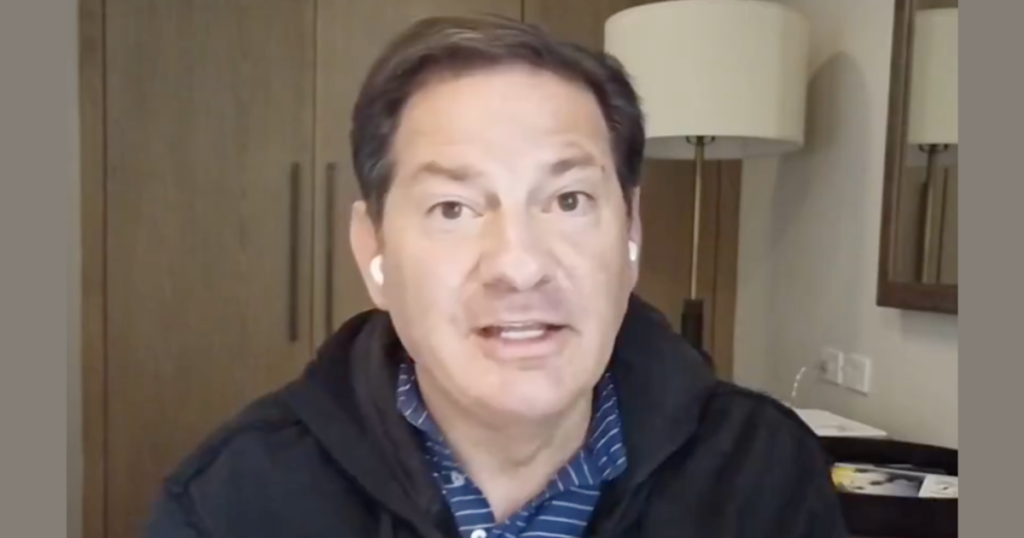Mark Halperin, a journalist, raised significant concerns about Vice President Kamala Harris’s electoral prospects during a recent appearance on the program 2WAY. He emphasized that recent polling trends indicate that if the election were to occur today, former President Donald Trump would likely emerge victorious. In Halperin’s view, this assessment is not influenced by partisanship; rather, he seeks transparency in reporting. By maintaining sources from both Republican and Democratic circles, Halperin believes he can provide a more accurate portrayal of the political landscape, especially during this critical election cycle.
Halperin elucidates that the polling data he has encountered shows pronounced vulnerabilities for Harris across the country. He suggests that these vulnerabilities vary by state and demographic group, and he believes she will need to engage in targeted outreach to solidify her support. This could include strategies designed to appeal to specific demographics like Black males and union workers. He humorously critiques the effectiveness of some advisory councils in addressing these issues, showcasing his frustration with the lack of remedial actions being taken.
Although Halperin acknowledges the current trajectory of the race as leaning in Trump’s favor, he stresses that circumstances can evolve and should be closely monitored. For instance, he recounts that when he reported Biden’s initial hesitation to endorse Harris, there was notable pressure that influenced his eventual decision to back her. This anecdote illustrates that political narratives can shift rapidly in response to external pressures, and Halperin himself remains open to changing his perspective in light of new developments.
To illustrate the gravity of Harris’s situation, Halperin mentions a conversation with a trusted Republican pollster who presented a grim outlook for one of the battleground states critical to her campaign strategy. Although he cannot reveal specific details at this time, he expressed confidence in the pollster’s credibility and knowledge of that state. Halperin notes that such conversations shape his understanding of Harris’s path to secure the necessary Electoral College votes, implying a strong likelihood of challenges ahead for her campaign.
Halperin’s insights reflect broader concerns within the Democratic Party regarding the current state of the race. He has reported that numerous Democratic officials, troubled by the polls, are reaching out to him for information, showcasing a palpable sense of anxiety regarding Harris’s candidacy. Halperin’s assessment indicates that the general sentiment among Democrats is one of unease, prompting urgent discussions about potential strategies to turn the tide.
Additionally, Halperin comments on the media strategies employed by both campaigns as they respond to evolving electoral dynamics. Media appearances and outreach efforts can signal either confidence or concern, depending on the context. He warns against making assumptions based solely on such activities, asserting that they are often part of broader efforts to engage undecided voters. For Halperin, keeping a nuanced perspective on these aspects of the race is essential as both parties navigate the complex and rapidly evolving political landscape leading up to the election.

